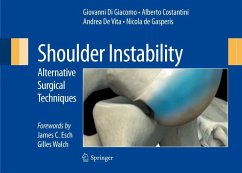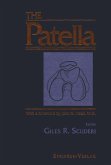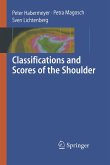Over the past few years, international literature has highlighted the limitations of arthroscopic treatment for antero-inferior instability of the shoulder. Therefore, the question arises as to which technique - open surgery or arthroscopy - may represent the best alternative to the classical arthroscopic capsuloplasty. The volume is organized into five chapters and presents five different techniques. Each chapter describes the non-surgical and surgical algorithms for the treatment of unidirectional and multidirectional antero-inferior instabilities, with and without shoulder laxity. The chapters offer a detailed description of each technique, enhanced by 10-15 high-definition photographs, tips and tricks, and pitfalls, as well as surgical steps. The book is aimed at medical students, fellows, specialists , orthopedic surgeons, physiotherapists, and rehabilitation and generalist physicians.
From the reviews:
"This book is unique in its focus on uncommon restoration techniques for shoulder instability, but its most impressive feature is its collection of high-definition, oversized anatomic and surgical images that draw readers deeply into the actual surgical procedure. ... The book clearly targets younger surgeons who have been taught arthroscopic techniques and may have begun to lose the art of open surgical shoulder reconstruction. ... It is a worthy addition to the libraries of surgeons who will perform complex shoulder instability reconstructive techniques." (Mark R. Hutchinson, Doody's Review Service, December, 2011)
"This book is unique in its focus on uncommon restoration techniques for shoulder instability, but its most impressive feature is its collection of high-definition, oversized anatomic and surgical images that draw readers deeply into the actual surgical procedure. ... The book clearly targets younger surgeons who have been taught arthroscopic techniques and may have begun to lose the art of open surgical shoulder reconstruction. ... It is a worthy addition to the libraries of surgeons who will perform complex shoulder instability reconstructive techniques." (Mark R. Hutchinson, Doody's Review Service, December, 2011)








